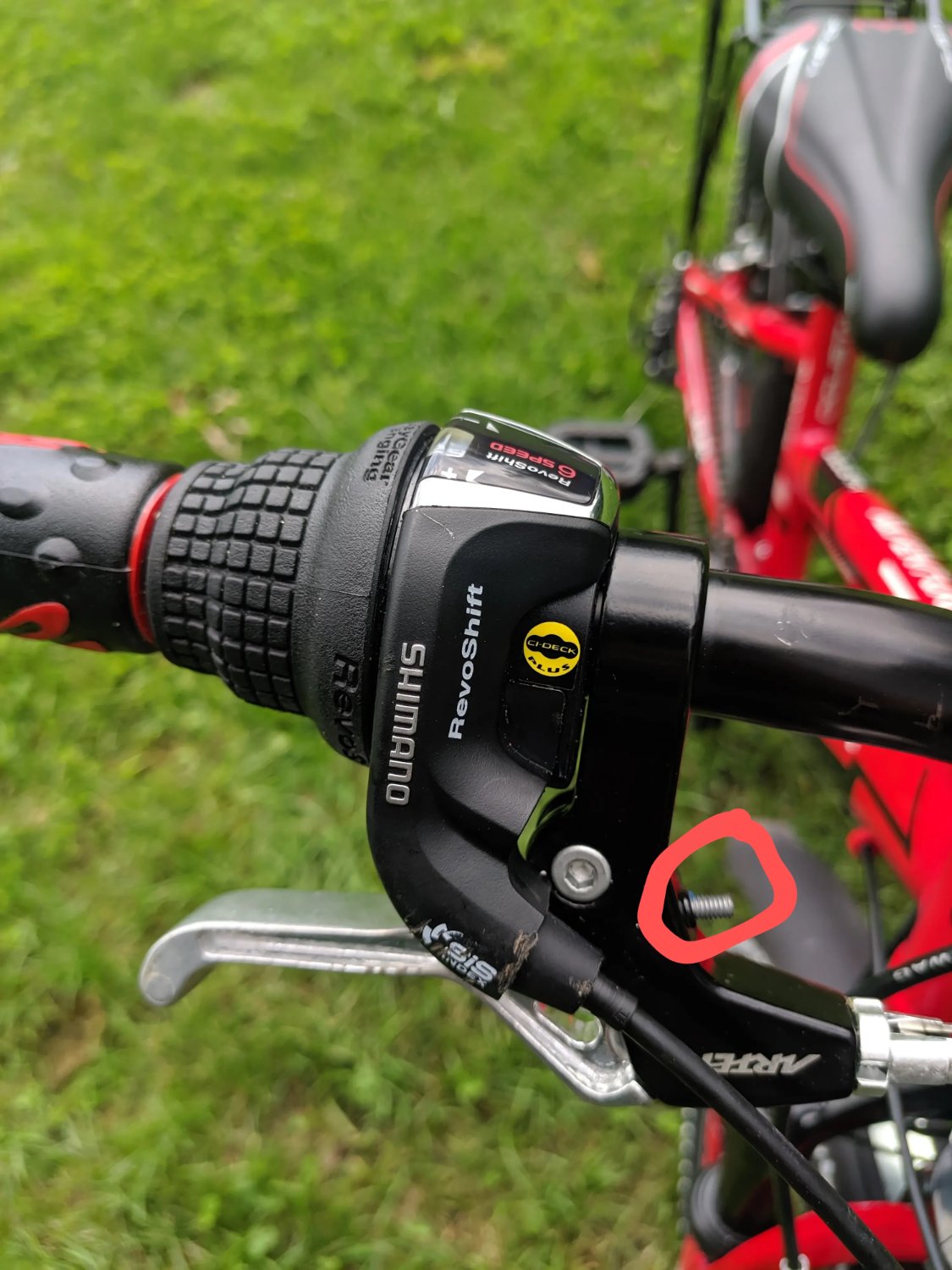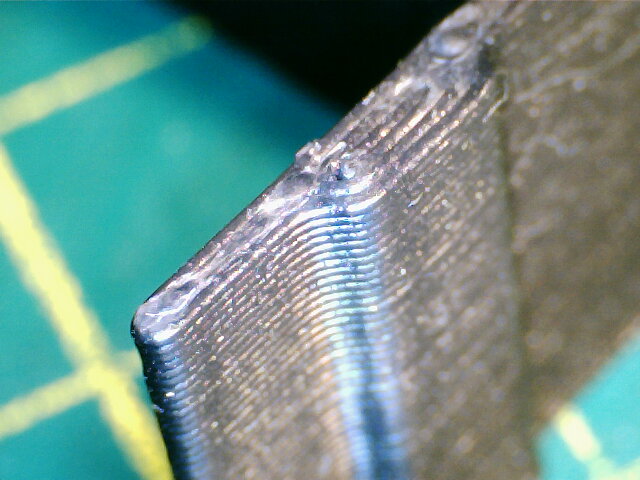From a cursory read of the datasheet, using the "dead time control" pin seems to be the way to go. Basically, this pin is used to set the voltage, while the error amplifier inputs (that's the closest function to "over current protection" this chip has) are used to adjust the output according to the load. For your application, you probably don't need to use them at all.

My instinct would be to disable the error amplifiers by connecting pins 1,2,15 and 16 to GND. You can then connect the wiper pin of the potentiometer to the deadtime control input, with the other pins of the potentiometer connected to GND and 3.3 V.
I haven't worked with this chip before, so take this with a grain of salt. You should probably use a simulation tool to check the circuit before you start destroying chips.












It looks to me like a JST SH connector: https://www.sparkfun.com/products/retired/10357
Measure the distance between the two pins - if it is 1 mm, this is most likely the connector you're looking for.